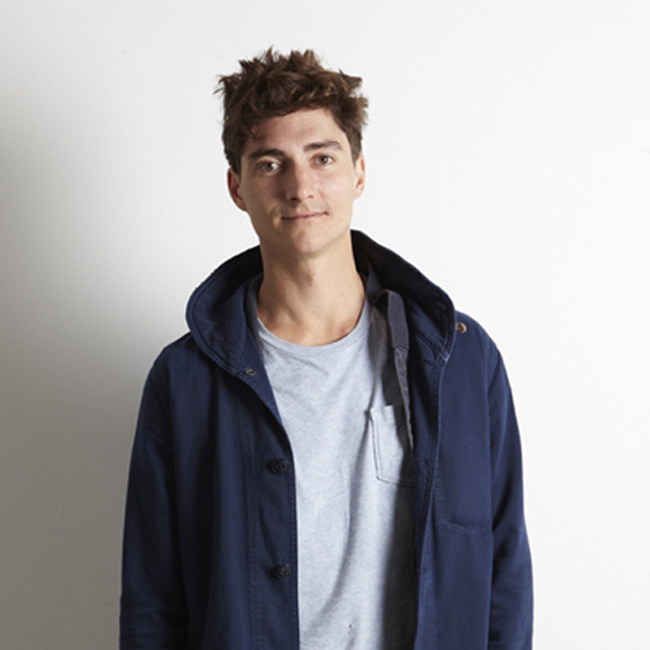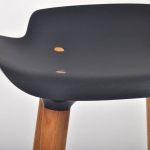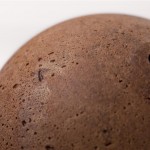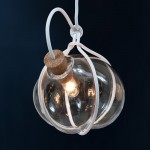Wilson es un diseñador cuya práctica se basa en su creencia de que el diseño debe ser a la vez construido para la longevidad y resuelto con honestidad. Se graduó con matrícula de honor de la Australian National University, también posee un Master «Man and Humanity» de la Design Academy de Eindhoven, en Holanda.
Un firme creyente en el diseño ético y centrado en el ser humano, Henry crea objetos nuevos, así como reflexivos y útiles modificaciones a objetos ya existentes en una colección de objetos titulada «Things Revisited».
Ha recibio numerosos premios, becas y subvenciones por su trabajo y ha expuesto en Australia, Reino Unido, Europa y los EE.UU., y se enorgullece de ser miembro de Supercyclers. Supercycles fue puesta en marcha por Liane Rossler y Sarah K en abril de 2011 como un abanderado de sus investigaciones sobre la reutilización de materiales de desecho – y como plataforma para perfilar otros diseñadores y/o diseños que a su juicio se acercaban a las cuestiones de sostenibilidad.
Acerca de su colección «Things Revisited», Ariel Bogle escribe:
Questions of originality and imitation arouse passionate discussion. Henry Wilson’s work suggests that the integrity of design ownership can be hacked. Against a flood of poorly resolved and endlessly imitated objects, classic aesthetics and accomplished technique can re-interpret these object to give them a new meaning. Wilson insists that sustainability in modern design must be considered. In the 21st century, 20th century modes of production must be audaciously confronted.
The Wassily chair was designed in Germany in 1925 by Marcel Breuer and has long been regarded as one of the pinnacles of the Bauhaus movement. This chair, however, is not a Knoll-endorsed Marcel Breuer design. Wilson’s work is built on the bones of a discarded Breuer imitation found on the streets of Sydney.
This Breuer replica has been altered, but its basic frame remains. This steel chair, originally finished in chrome plating and inferior hardware, has been re-explored. Intuitively curved Australian vegetable tanned bridle leather has replaced the familiar geometric shapes of the original.
The viewer is invited to experience the Bauhaus aesthetic of the original chair and Wilson’s new shape, reminiscent of its antipodean home. This is an adaptive change for a chair that finds itself a vast distance from the space and time of its conception.
This chair has been rescued, its original concept hacked and re-branded. For the first time, this imitation of a Breuer classic finds itself to be another original, a re- imagining at the end of a long chain of production and reproduction. Can a last attempt at authenticity save it from the landfill?
Y aquí parte de su trabajo y una entrevista en «The Design Files» AQUÍ:









Visitar su web para saber más: http://henrywilson.com.au








